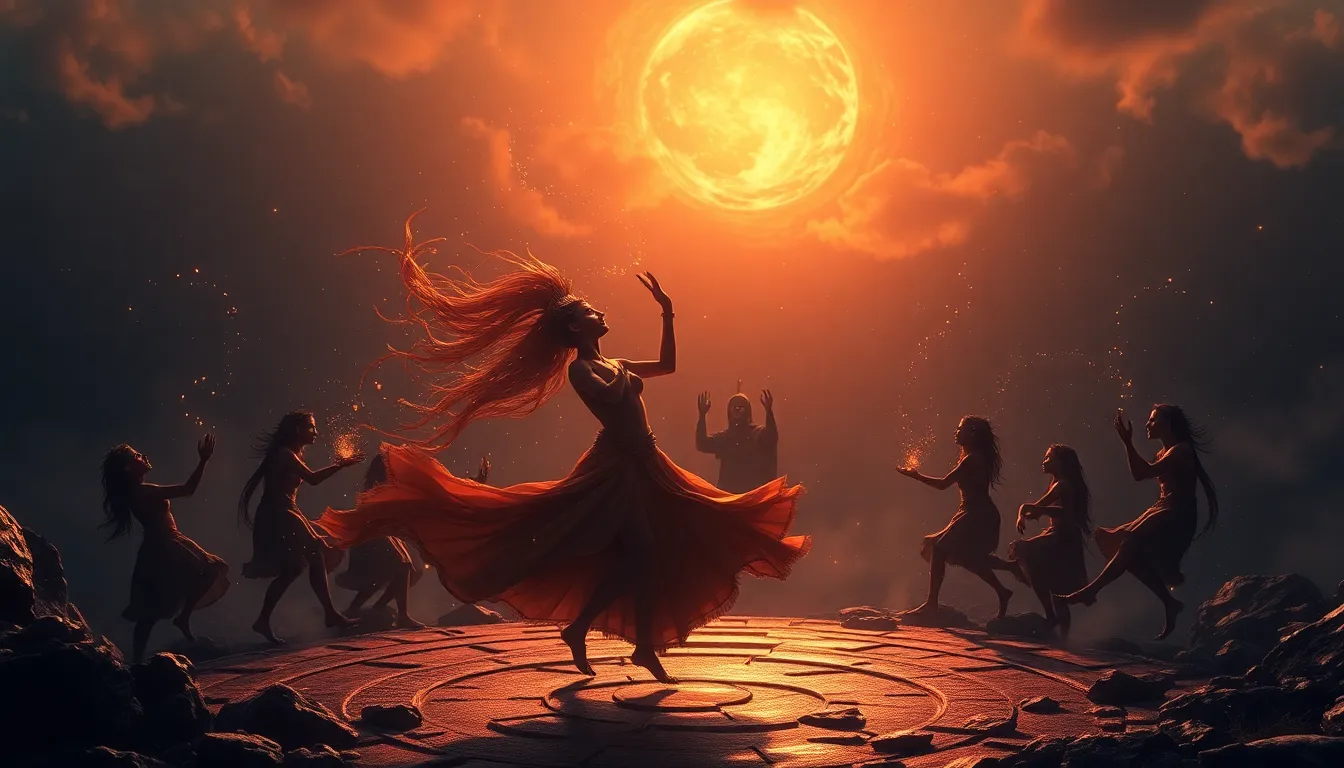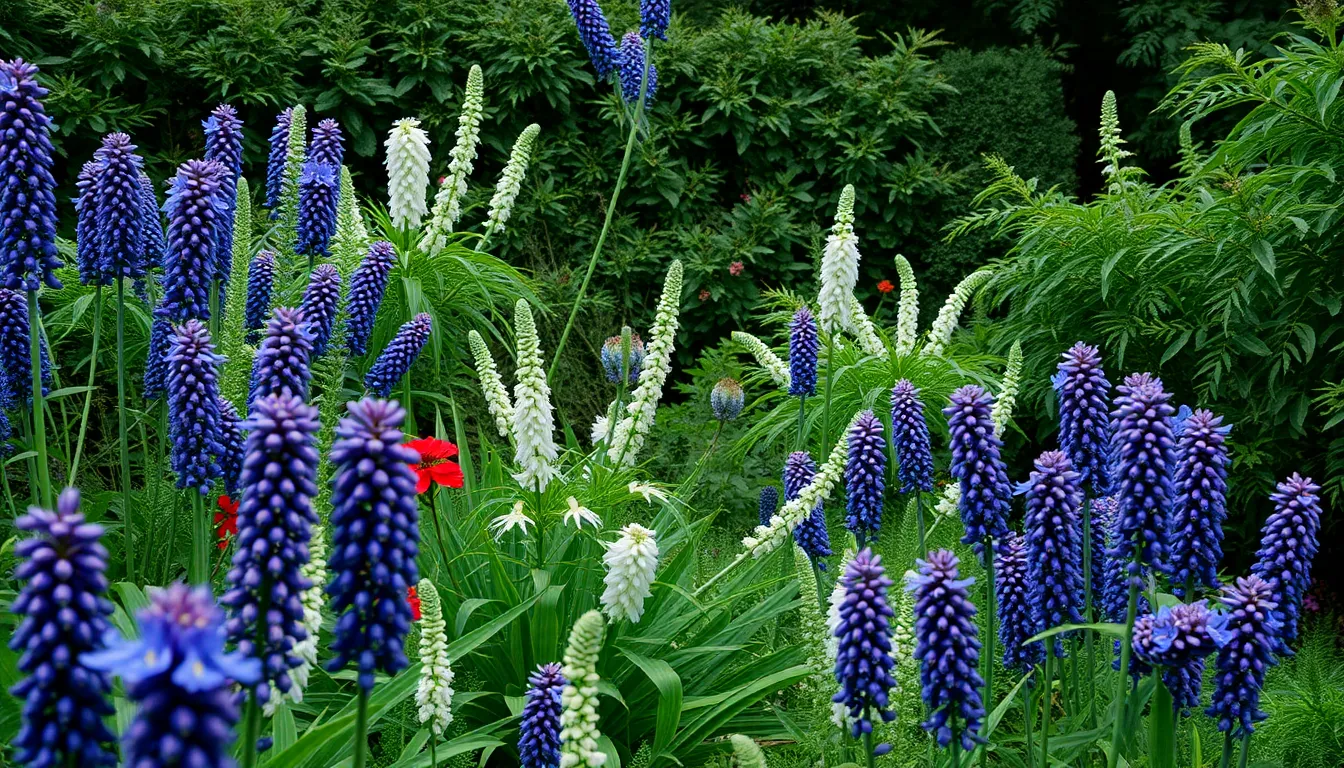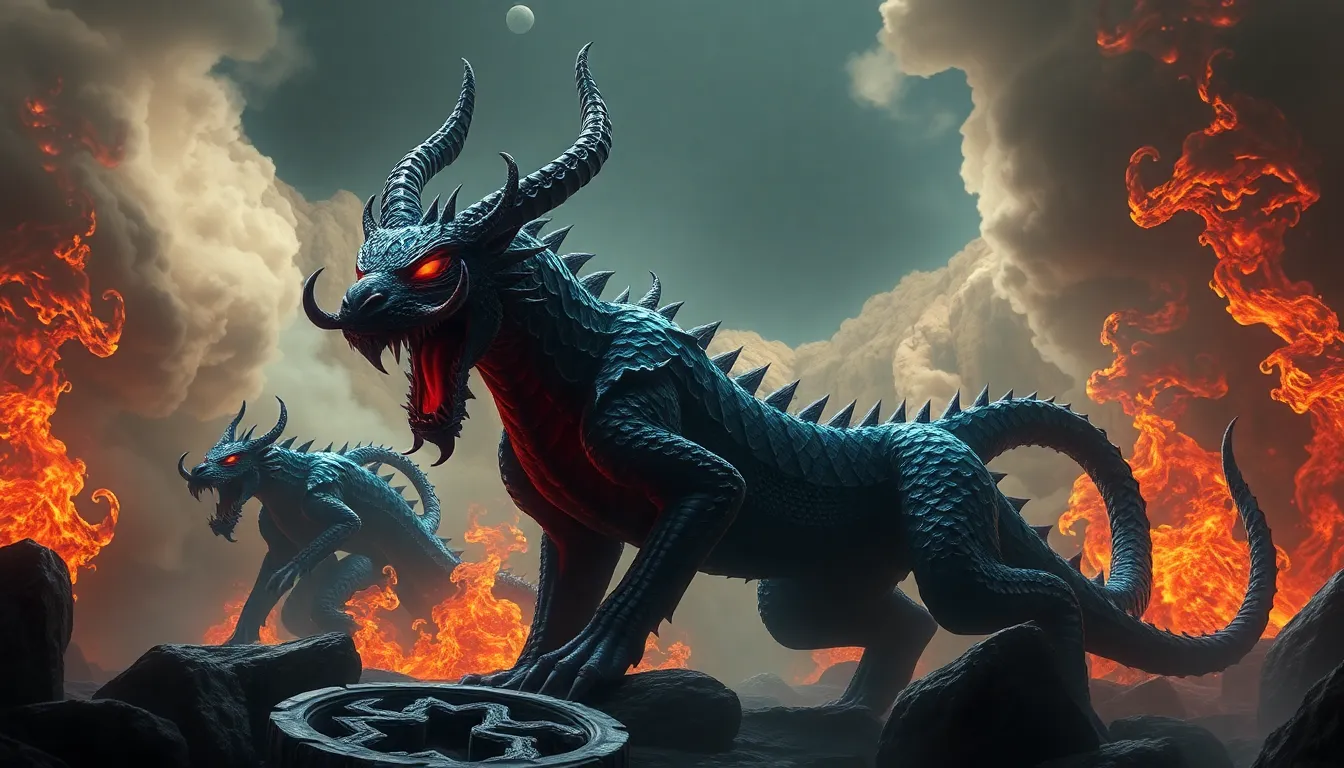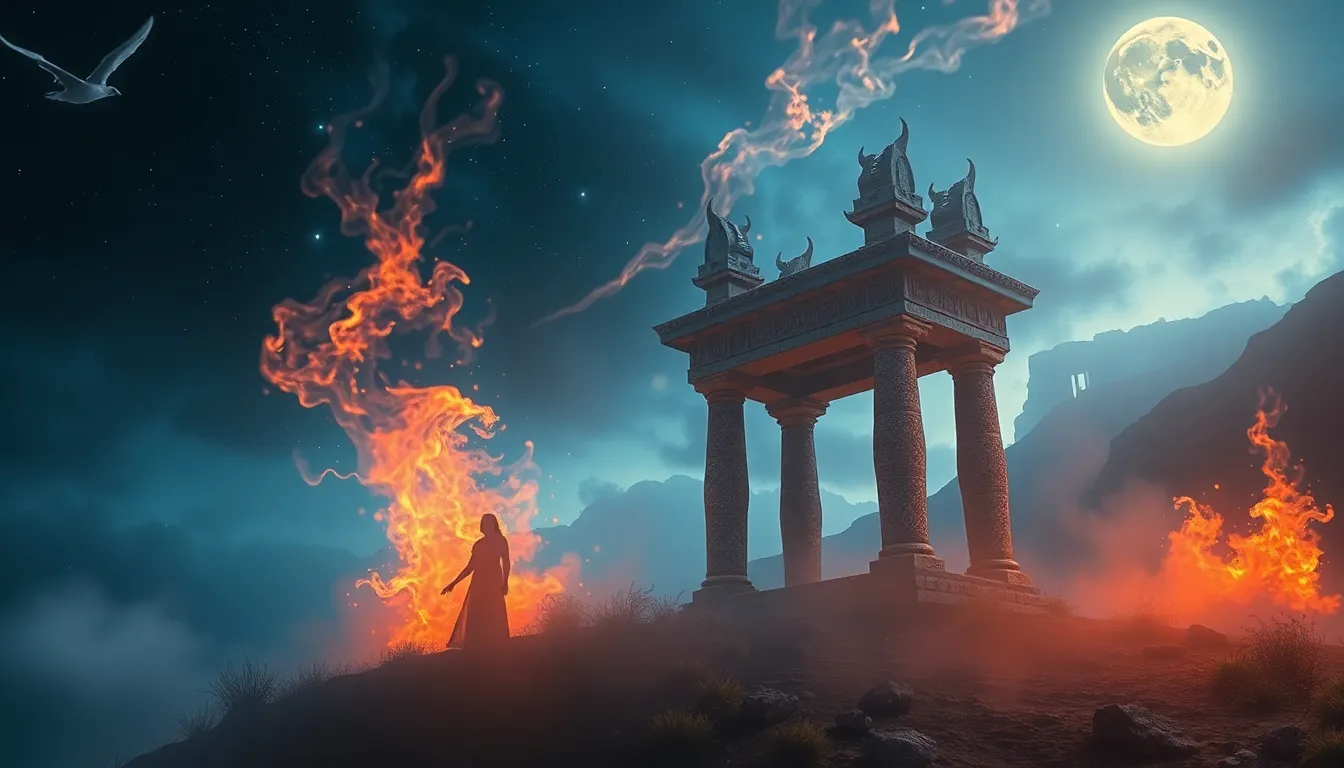The First Dance: Creation Myths That Inspire Movement
I. Introduction to Creation Myths and Dance
Creation myths are foundational narratives that explain the origins of the world, humanity, and cultural practices. These stories, shared across various cultures, not only articulate the beliefs and values of societies but also serve as a source of inspiration for artistic expressions, particularly dance. Dance, as a universal form of expression, is intricately linked to these myths, embodying the stories and emotions that define human experience.
Throughout history, dance has played a significant role in human culture, acting as a medium for storytelling, celebration, and ritual. The connection between dance and creation myths is profound, as these narratives often provide the thematic material for dance performances, allowing communities to express their identity and heritage through movement.
II. The Role of Mythology in Shaping Cultural Identity
Creation myths serve as mirrors reflecting the values and beliefs of societies. They encapsulate the essence of a culture, influencing its art, traditions, and social norms.
- How creation myths reflect societal values: Myths often convey moral lessons, societal structures, and the relationship between humans and the divine.
- The transformative power of storytelling through dance: Dance allows these narratives to be embodied and experienced, making them more relatable and impactful.
- Case studies: Different cultures have unique dance traditions that are deeply rooted in their creation myths, such as the Maori Haka or the Indian Bharatanatyam.
III. Ancient Civilizations and Their Dance Myths
Ancient civilizations have left a rich legacy of dance intertwined with their creation myths.
A. Egyptian creation myths and the dance of the gods
In ancient Egypt, dance was an integral part of religious rituals. The myths of gods like Osiris and Isis often depicted creation through movement, where dance was seen as a divine act.
B. Mesopotamian stories: Dance as a form of worship
In Mesopotamia, dances were performed to honor deities, with movements symbolizing the cycles of life and nature, reflecting the region’s agricultural lifestyle.
C. Indigenous myths and the role of dance in creation stories
Indigenous cultures worldwide have creation stories that incorporate dance as a means of connecting with the spiritual world, often performed during ceremonies to celebrate life and nature.
IV. The Influence of Greek Mythology on Dance
Greek mythology has profoundly influenced the art of dance, intertwining movement with storytelling and drama.
A. The Muses and the art of dance
The Muses, goddesses of the arts, inspired various forms of dance, emphasizing the connection between creativity and divine inspiration.
B. Greek tragedies and their incorporation of movement
Greek tragedies often featured choreographed movements that enhanced the narrative, allowing actors to express emotions and themes through dance.
C. The legacy of Greek dance in modern choreography
Many contemporary choreographers draw inspiration from Greek myths, using them to explore themes of conflict, love, and transformation through innovative movement.
V. African Creation Myths and Traditional Dance
African dance is rich with spiritual significance and deeply rooted in creation myths.
A. The importance of the circle in African dance
Many African dances are performed in a circular formation, symbolizing unity, community, and the cyclical nature of life.
B. Spiritual meanings behind specific dances
Dances such as the Zulu Umteyo and the Maasai jumping dance carry deep spiritual meanings, often representing the connection between the living and the ancestors.
C. The role of music and rhythm in storytelling through dance
Music and rhythm are vital components of African dance, enhancing the storytelling aspect and connecting the dancers to their heritage and community.
VI. Asian Mythologies and Their Dance Forms
Asian cultures have developed a variety of dance forms that are closely tied to their creation myths.
A. Indian classical dance and the narratives of creation
Indian classical dance forms like Bharatanatyam and Kathak are rich in storytelling, often depicting mythological tales from texts like the Mahabharata and Ramayana.
B. Chinese mythology and the incorporation of movement in rituals
Chinese dance often incorporates elements of mythology, with performances that reflect the stories of gods, spirits, and the forces of nature.
C. The blending of dance and spirituality in Southeast Asian cultures
Southeast Asian cultures, such as Balinese and Thai, blend dance with spiritual rituals, showcasing creation myths through intricate movements and vibrant costumes.
VII. The Impact of Indigenous Creation Myths on Contemporary Dance
Contemporary dance is increasingly influenced by indigenous creation myths, leading to a revitalization of traditional practices.
A. Revitalization of traditional dances in modern contexts
Many contemporary artists are reinterpreting traditional dances, infusing them with modern themes while honoring their origins.
B. Fusion of indigenous and contemporary dance styles
Collaborations between indigenous dancers and contemporary choreographers have resulted in innovative performances that bridge cultural gaps.
C. Examples of artists who draw inspiration from creation myths
Artists like Rosy Simas and Rulan Tangen have successfully integrated indigenous narratives into their choreography, creating powerful statements about identity and heritage.
VIII. The Psychological and Emotional Aspects of Dance Inspired by Myths
Dance inspired by creation myths offers a cathartic experience, allowing individuals to connect with their emotions and heritage.
A. The cathartic nature of dance in expressing creation stories
Participating in dance can be a therapeutic experience, enabling individuals to explore and express their feelings through movement.
B. Movement as a form of healing and connection to heritage
Dancing can serve as a healing practice, helping individuals reconnect with their cultural roots and shared histories.
C. The role of dance in community bonding and identity formation
Group dances foster a sense of belonging, reinforcing community ties and collective identity through shared movement and stories.
IX. The Future of Dance Inspired by Creation Myths
The future of dance is likely to see continued exploration of creation myths, influencing contemporary choreography and performance.
A. Trends in contemporary choreography influenced by mythology
Contemporary choreographers are increasingly looking to myths for inspiration, creating works that resonate with modern audiences while honoring traditional narratives.
B. The importance of preserving cultural narratives through dance
As globalization spreads, preserving cultural narratives through dance becomes crucial in maintaining heritage and identity.
C. Innovations in dance that connect ancient myths to modern audiences
Technological advancements and cross-cultural collaborations are paving the way for innovative performances that blend ancient myths with contemporary themes.
X. Conclusion: Celebrating the Dance of Creation
In conclusion, the interplay between creation myths and dance is a testament to the enduring power of storytelling through movement. As cultures evolve, the significance of these narratives remains, inspiring new generations of dancers to explore their roots, express their identities, and connect with one another through the universal language of dance. The celebration of creation through movement not only honors the past but also paves the way for future artistic expressions that continue to resonate with audiences around the world.




